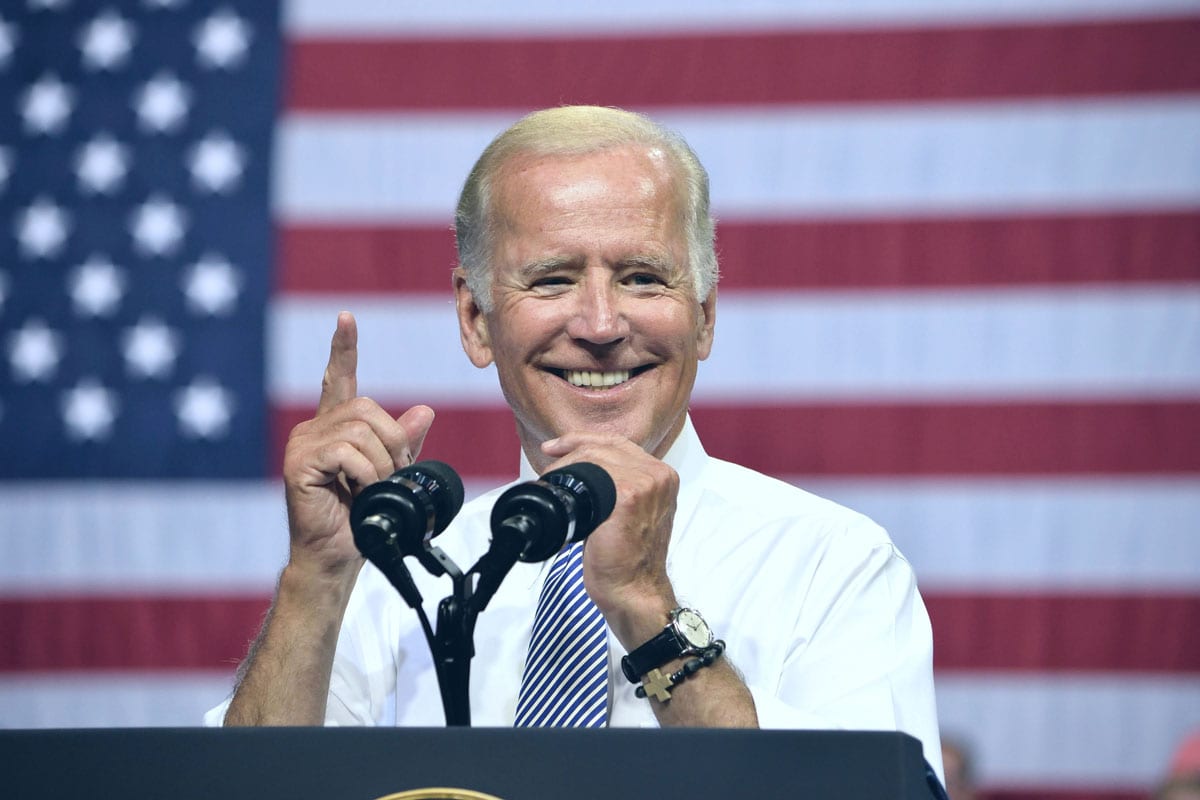
Tuesday’s Democratic primary elections—which included Michigan, Idaho, North Dakota, Washington, Mississippi and Missouri—saw Joe Biden consolidate his sizeable lead over Bernie Sanders from Super Tuesday into what is seeming more and more a likely nomination.
Biden’s resurgence in the race came after a strong results in South Carolina on February 29, 2020, which then prompted fellow moderate candidates Amy Klobuchar and Pete Buttigieg to drop out and endorse Biden on the eve of Super Tuesday when approximately one-third of the delegates were up for grabs. It was a noteworthy move, especially for Buttigieg who came out of the first race, Iowa, on top, where Biden finished in fourth.
Biden’s strong results follow a strong Super Tuesday
Buttigieg’s and Klobuchar’s endorsements of Biden turned the tide in a race which had once included 28 candidates. Biden ended up winning 10 out of the 15 states and territories that voted. Sanders, on the other hand, won four states.
Michael Bloomberg won American Samoa, although he has now dropped out and endorsed Biden, after spending half a billion dollars of his own money on his campaign. Elizabeth Warren, who once led in the polls nationally, failed to win any states and has since dropped out. She has not yet endorsed either candidate.
Tulsi Gabbard, who is still technically in the race, also failed to pick up any wins.
We have the background, take us to March 10
Replicating the combination of voters that delivered such a landslide on Super Tuesday, Biden won Michigan, Missouri and Mississippi with overwhelming support from African Americans and with large margins among suburban and rural white voters. Biden was also named the winner in Idaho.
North Dakota and Washington are yet to be called, although in both states Sanders currently has a small lead.
By pulling strongly ahead of Sanders for a second consecutive week, Biden demonstrated that his success on Super Tuesday was more than fleeting luck, and that his candidacy represented a broad coalition of democratic voters.
In a speech on Tuesday night in Philadelphia, Biden said voters had put him “a step closer to restoring decency, dignity and honor to the White House.” Biden then addressed Sanders supporters with an appeal for unity.
“We share a common goal,” Biden said, “and together we’ll defeat Donald Trump.”
For his part, Sanders did not choose to address supporters on Tuesday night, leaving an unusual void. Although both Democratic candidates have recently called off political rallies over coronavirus concerns.
What’s next for Bernie?
Even in his moment of triumph, Biden made very little headway with young and progressive voters, who have remained steadfast Sanders supporters even now. Supporters point to the delegate math as a sign that there could still be an upset.
There are 3,979 delegates, and 1,632 have been allocated so far. Of those, Biden has 823 delegates and Sanders has 663. Tulsi Gabbard has two. Results are still rolling it, but it’s not mathematically impossible for Sanders to win.
However, the states that are left will not be easy ones for Sanders.
Take me to 2016
It’s worth taking a look at what happened in the 2016 Democratic primary race for comparison. Despite his campaign receiving more coverage and attention this time around, Sanders was actually performing far better in 2016.
Back then, he turned out more voters, won by larger margins and generally won more states. Many point out that the race was filled with candidates this time, making it harder for all parties involved. However, even yesterday’s elections which had narrowed to a two-man race, showed signs of Sanders disintegrating coalition: he lost Michigan and Idaho yesterday, but won it in 2016.
Coming up
Seven more states and territories will vote before the end of March, with 11 following in April. April’s primaries include New York, the last big delegate day of the race. If one candidate dominates most states late in the primaries, party leaders will most likely move to get behind that person and seek to bring the race to an end, allowing time for Democratic constituents to rally behind a single candidate and build a unified coalition before the general election in November.
However, primaries continue through early June, and Sanders stayed in the race until then last time—even clinching a win in Montana, a June primary state. So it remains to be seen what will happen.
For more information about primary schedules, visit here. To check if you’re registered to vote, visit here.
See also: Whistleblower’s Complaint Alleges Interference by Trump in Election
What You Need to Know from Yesterday’s State of the Union Address
Study Reveals Troubling Link Between Marijuana and False Memories













-200x300.jpg)

